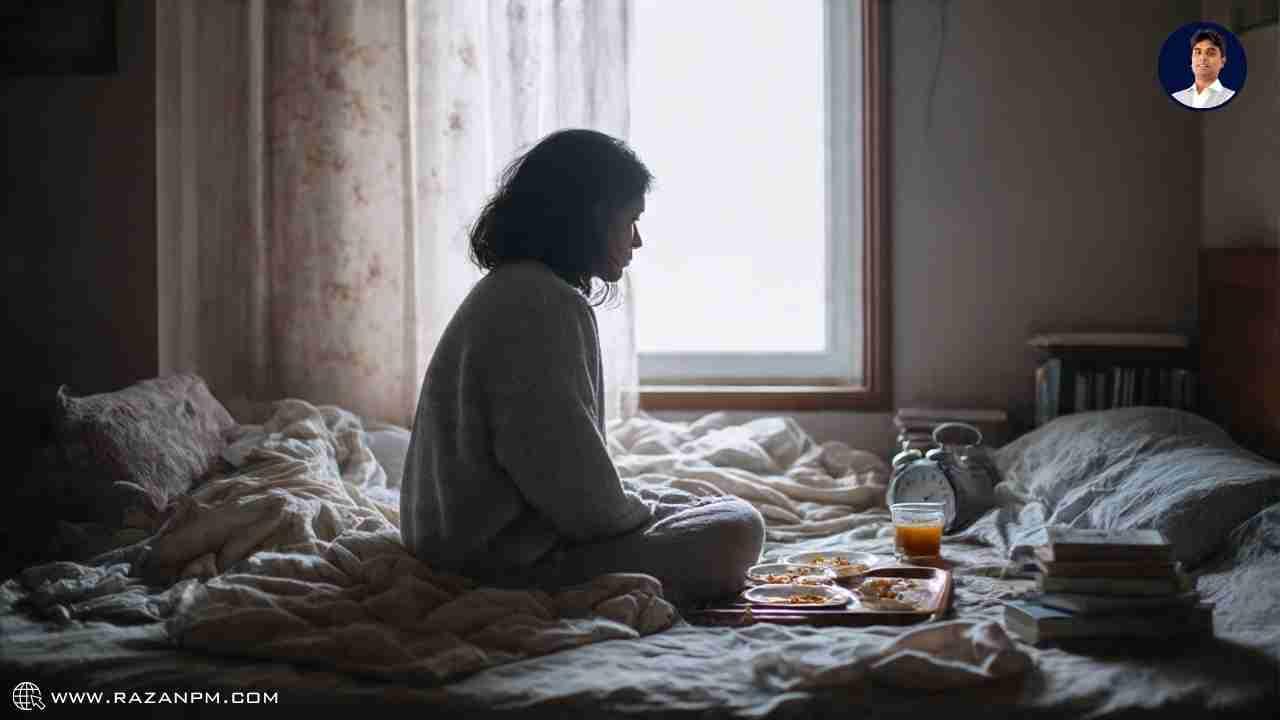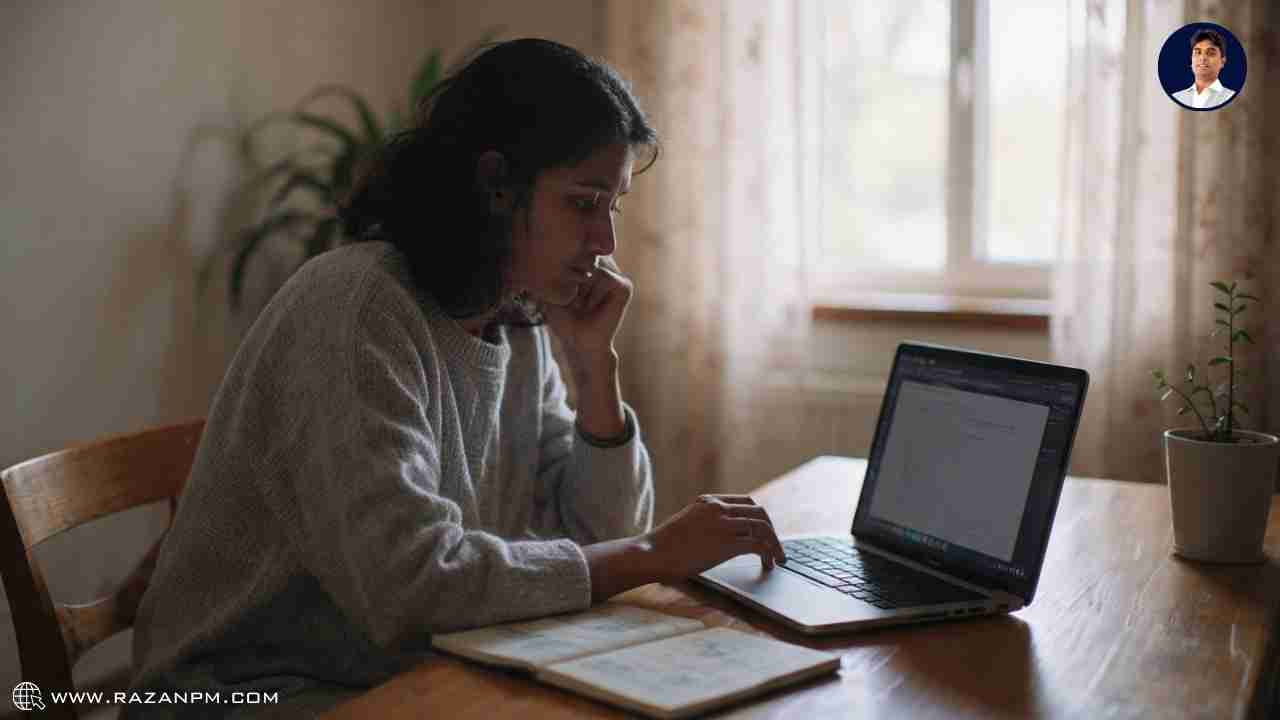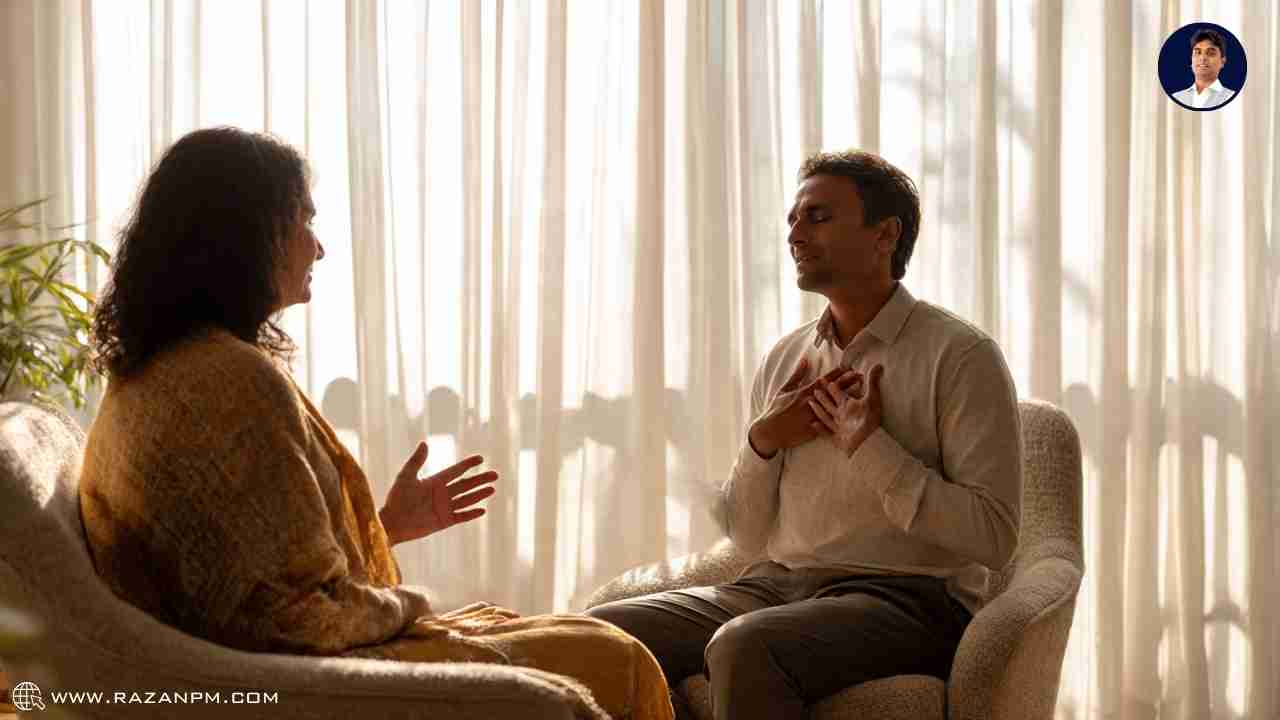I remember once overhearing someone say, “Why did that old song make me burst into tears?” — it was just a melody, right? But for many survivors, that tiny trigger—a line, a scent, a innocent memory—can spiral into a flood of negative thoughts: “I’m broken,” “It’s my fault,” “This pain will never end.” Suddenly your mind is racing, heart pounding, and you’re back in the trauma—even if logically you know it’s over.

It’s funny (in a bitter way) how our brains can take the smallest spark and ignite an emotional forest fire. But when that fire is unchecked, over time it can smolder into depression after trauma.
also read: why love feels hot then cold
If you’re reading this, you might relate:
This isn’t weakness. It’s your psyche trying to cope with what it was never meant to survive alone.
also read: digital romance, real loneliness genz truth

If these last more than 2 weeks, or worsen, they deserve attention.
also read: why love feels hot then cold?
When trauma leads to depressive symptoms, clinicians may see overlapping diagnoses:
Understanding where you fall helps guide the approach. A “pure” depression protocol might not suffice if trauma lies beneath.
also read: 6 warning signs of depression thatincreases heart risk

So this is not “just feelings” — there is evidence, structure, and science behind healing.
also read: why small fights turn into bigarguments?
I once counseled a woman — let’s call her “Riya” — who had survived a devastating accident. Her body healed, but her mind felt shattered. She would flinch at car screeches, avoid routes, and oscillate between anger, guilt, and despair. She had begun slipping into depression.
One evening, in our session, she wept quietly. She said, “I tried journaling, breathing, but I still wake up feeling dead.” I realized: she was using some tools, but in isolation, without integration, without the emotional stitching that trauma demands.
So I began to build — carefully — a “coping toolbox” just for depression after trauma. Not generic tools, but ones tailored to trauma’s aftershocks: triggers, numbness, shame, rumination. Over time, Riya’s tears lightened. Over months, she walked again into fear, but with steadier steps. She said, “These tools are small anchors. They don’t fix everything overnight — but they stopped me from drowning.”
From her journey and from clinical work with dozens more, I distilled 10 Coping Tools for Depression After Trauma. I share them now, with love, for you.
also read: overthinking messages is killingyour peace
Top 10 Depression Coping Tools

Here are the tools. Use gently, one by one, as your strength allows.
Keep a small object (stone, coin, bracelet) in your pocket. When anxiety or negative spiral begins, hold it, name 5 things you see, 4 you hear, 3 you feel. This brings you here.
Instead of long journaling, write just two lines at night: “Today, I felt …” and “I am grateful for …”
This keeps the mind engaged but not overwhelmed.
4-7-8 breathing or box breathing: inhale 4s, hold 7s, exhale 8s. Do 5 cycles any time your chest tightens.
Even 10 minutes of walking in nature helps shift neurochemistry (serotonin, endorphins). No pressure — just movement.
Look into a mirror. Say softly: “I survived. I am allowed to heal. My emotions are valid.” You may feel silly — do it anyway.
6. Exposure Therapy for Trauma Recovery
If a trigger is familiar (a location, a sound), plan to expose yourself to it in safe, controlled steps — with support. (Think: exposure therapy principle)
Wikipedia
Sit quietly for 5 minutes and scan your body. Notice tension, release gently. Don’t judge sensations.
Dump the pain into a painting, a song, a clay mold. Let your mind speak without words.
Write a letter to the younger you (or your traumatized self): “I’m here. I love you. You deserve care.” Read it when pain feels endless.
Share a small part of your internal world with a safe person. Even 10 minutes of honest talk can release chemical tension.
also read: overthinking messages is killingyour peace

Let’s do a Micro-Journaling + Grounding combo you can try right this moment:
1. Take that object (stone, coin, anything in pocket). Pause.
2. Hold it, feel its texture.
3. Name 5 things you see, 4 you hear, 3 you feel.
4. Then write:
Do this nightly for 3 days and notice: even in darkness, there is a flicker of “I am seen.” It’s minimal, but it plants a seed.
also read: blood sugar battles affect mentalhealth
These tools can provide relief, but they are only stepping stones. Real healing after trauma and depression often involves structured therapy (CPT, EMDR, DBT, trauma-focused CBT), integration of narrative, inner parts work, and relational repair. A blog alone can’t be your whole roadmap.
If you want a guided, daily process to heal the wound behind the depression, there is a path — and you don’t have to walk it alone.
also read: how to escape the trap of constantdigital talk?
If you read this and thought, “Yes — this is me,” please remember: you don’t have to do this alone. Healing is not linear, but with compassionate guidance and genuine support, you can re-emerge.
If you feel stuck, lost, or overwhelmed, allow me to walk beside you. Book your 1:1 consultation here — I’ll meet you where you are, listen, and help you rebuild step by step.
You are not broken beyond repair. You are a story of resilience, waiting to heal its next chapter.
👉Begin Your Journey with a 1 on 1 Consultation
👉Begin Your Journey with a 1 on 1 Consultation

Trauma can deeply affect brain chemistry, stress hormones, and emotional regulation. When your mind keeps reliving pain or fear, it can lead to post-traumatic depression. Emotional exhaustion, loss, and unresolved grief also trigger depressive symptoms after trauma.
also read: why digital conversations arekilling real connection?
Recovery time varies for everyone. Some people feel relief within months of consistent therapy, while others may take longer. Healing depends on trauma severity, coping skills, and professional support. The key is consistency and patience — healing is not linear.
also read: how to read body language signs indaily life?
Grounding techniques, mindfulness, creative expression, journaling, therapy, and physical movement are among the most effective. These tools help calm the nervous system and rebuild emotional stability step by step.
also read: 8 signs of hidden depression incancer survivors
Yes. Trauma-focused therapies like EMDR, CBT, and DBT are scientifically proven to reduce symptoms of both PTSD and depression. They help reprocess painful memories safely and rebuild resilience.
also read: 12 behaviors that reveal a man issexually frustrate
If your sadness includes flashbacks, emotional numbness, hypervigilance, or guilt related to a specific event, it may indicate trauma-linked depression. A mental health professional can provide an accurate diagnosis and treatment plan.
also read: 9 hidden signs she misses physicalaffection
Absolutely. When you begin trauma healing, buried emotions surface. This can temporarily intensify sadness or anxiety, but it’s a sign of progress. The body is releasing what it once held tightly. Guided therapy helps manage this safely.
also read: why gen z cant sleep anymore and theoverthinking trap?
Self-help tools like journaling, breathwork, and grounding can support healing — but they often work best alongside therapy. Think of them as daily emotional vitamins, not replacements for professional treatment.
also read: 12 things women do when theyre touchdeprived
If depressive symptoms last longer than two weeks, affect daily function, or include suicidal thoughts, seek help immediately. You deserve support — and recovery is possible with timely intervention.
also read: why love feels hot then cold
Yes, mindfulness-based practices can reduce stress hormones, improve focus, and reconnect body awareness — crucial for trauma survivors. Yoga, when trauma-informed, restores safety in the body.
also read: digital romance, real loneliness genz truth
Listen without judgment, encourage therapy, offer gentle presence, and avoid pushing for quick recovery. Small, consistent compassion builds trust and safety over time.
also read: why love feels hot then cold?
